Search Images
Browse Content (p. 1065)
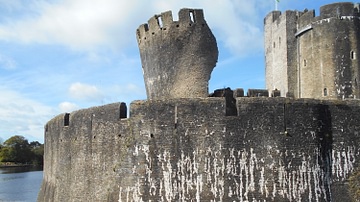
Image
Wing-wall, Caerphilly Castle
A portion of the wing-wall, Caerphilly Castle, Wales. 1268-1290 CE.
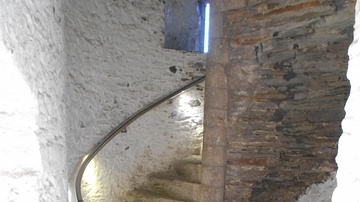
Image
Vice or Spiral Staircase, Caerphilly Castle
An example of a castle vice or spiral staircase, Caerphilly Castle, Wales. 1268-1290 CE.
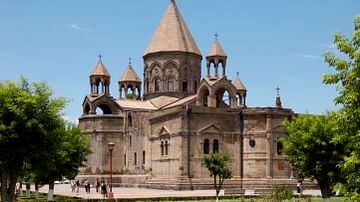
Image
Etchmiadzin Cathedral
Etchmiadzon Cathedral, Armenia. Built in the ancient city of Vagharshapat in the 4th century CE, the current version dates to 483 CE.
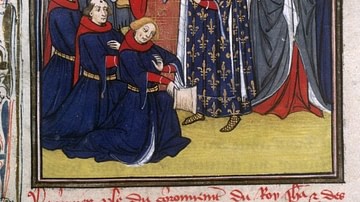
Image
John II Knighting Squires
A medieval illustration of John II of France (r. 1350-1364 CE) knighting squires. (Grandes chroniques de France, Bibliothèque Nationale de France)
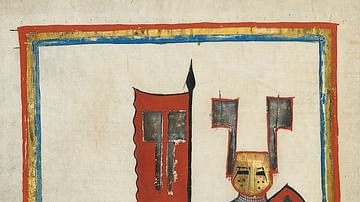
Image
Wolfram von Eschenbach & His Squire
A medieval illustration of the Germanic knight Wolfram von Eschenbach and his squire. 1305-1315 CE. (Codex Manesse, Zurich, Switzerland)

Image
King David I Knighting a Squire
A medieval illustration of King David I of Scotland (r. 1124-1153 CE) knighting a squire.
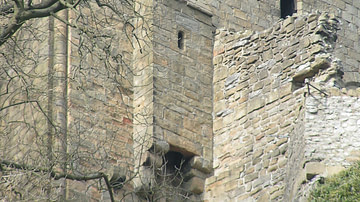
Image
Garderobe, Peveril Castle
A garderobe or toilet of the tower keep at Peveril Castle, Derbyshire, England. Late 12th century CE.
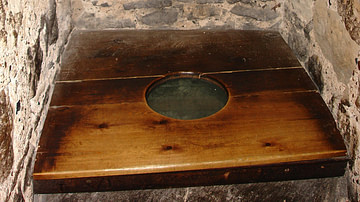
Image
Toilet, Tower of London
A typical medieval toilet or garderobe. Tower of London. 11th century CE.
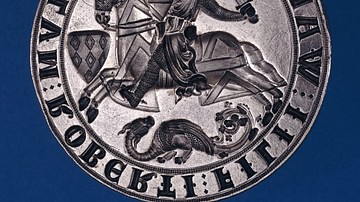
Image
English Medieval Knight
A silver seal of Robert Fitzwalter showing a mounted knight. 1213-1219 CE. Diameter: 73 mm. (British Museum, London)
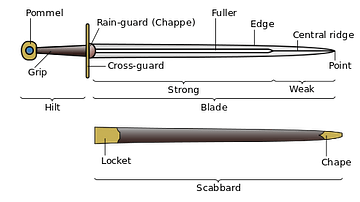
Image
Elements of a Medieval Great Sword
A diagram illustrating the various components of a medieval Great Sword and scabbard, the typical weapon of knights.